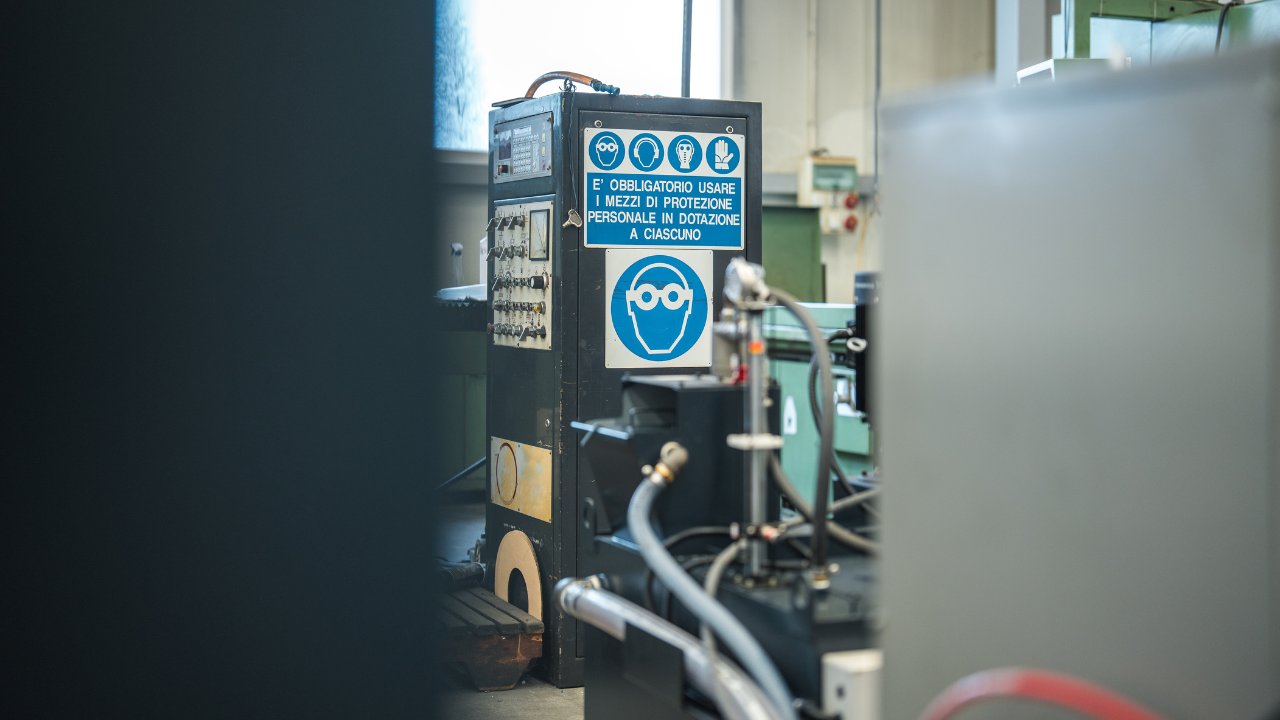Who Should Recondition My Seals?
The Fluid Sealing Association. From Pumps & Systems Magazine, November 2008
Such a question often comes up when it is time to recondition a mechanical seal: We use several different brands of mechanical seals in my plant. When a pump is taken out of service, we usually send the seal back to the original seal manufacturer for reconditioning. One of my suppliers has offered to recondition all of my seals, regardless of brand. Is this a good idea?
Most process plant maintenance departments return their used mechanical seals to the original seal manufacturer (or Seal OEM) for reconditioning. Because the cost for a rebuilt seal is usually only about half the cost of a new seal, this is an effective way of saving money instead of buying new seals for every pump overhaul.
The Seal OEM’s service center strips the seal down to its individual components, checks each against original equipment drawings and specifications, and identifies which parts need to be replaced and which can be cleaned and refurbished. They then rebuild the seal to like-new specifications using the same assembly equipment as a new seal and performing the same final quality checks with the same test equipment.
In most cases, the Seal OEM returns the original seal. Some Seal OEMs operate an exchange program where you will receive a reconditioned seal previously used by a different customer, much like returning the “core” and buying a rebuilt alternator for your car. In either case, you can expect the seal to perform just as it would if it were new. It is usually covered with the Seal OEM’s warranty, just like a new seal.
The major Seal OEMs have always taken the position that refurbishing another manufacturer’s product is a risky venture for reasons related to product liability, emissions, safety and maintaining a good reputation with the customer. When someone other than a Seal OEM attempts to recondition a seal, it can be even riskier.
From your point of view, consider the following:
Lack of Application Information
Most Seal OEMs provide their customers with an observation report describing the condition of the seal when returned following reconditioning. Sometimes this is expanded to include a complete failure report. To do this effectively, the repair people need to know the application details (pumped product, concentration, viscosity, temperature, pressure, operating conditions, etc.), which the Seal OEM will have on file from his original engineering selection. It may be difficult for the non-OEM repair shop to make meaningful conclusions without knowing the particulars of the application. If you are accustomed to your Seal OEM providing failure/observation reports, you may lose this ability with a non-OEM shop.
Material Identification
There are several critical components in any seal, particularly the carbon-graphite and carbide faces and the elastomers. Carbon-graphite all looks the same, but dozens of different grades exist. Many are proprietary to certain manufacturers, specially formulated to produce specific corrosion, thermal or tribological properties. It is practically impossible to determine the grade of a piece of carbon-graphite through testing. Unless you get lucky, most substitutes will not perform the same way as the original material, especially in challenging applications. The same issues apply to silicon carbides, tungsten carbides, elastomer O-rings, etc.
Material Equivalency
Even if the non-OEM repair shop can identify the Seal OEM’s proprietary material grade from a drawing, they will have to substitute another grade because the original is proprietary. Changing carbon-graphite, carbide face material or an elastomer compound can negatively affect performance.
Dimensional Tolerances
Each individual component in a mechanical seal typically has two or three critical, tight tolerance dimensions. Usually these close tolerances are necessary to ensure the parts are round, concentric, perpendicular, free to move relative to one another without binding, and/or have the correct shrink or press fits. Any components replaced by the non-OEM repair shop when reconditioning a sealnwill likely be measured and reverse-engineered. There is a high probability the dimensions and tolerances will not be identical to the Seal OEM parts, particularly if the worn parts were abraded, corroded or broken-making accurate measurement difficult. This may significantly affect seal performance.
Sealants/Lubricants
Some mechanical seals are assembled with sealants or lubricants to improve performance during the start-up and break-in period. It is unlikely the non-OEM repair shop will be aware of this when reconditioning a seal, as these notes are in factory assembly procedures and seldom appear on the top assembly drawings sent to customers. Obviously, performance of the seal could be negatively affected if a necessary sealant or lubricant is omitted during assembly.
Assembly Procedures
Mechanical seals (especially dual seal arrangements, metal bellows seals and dry gas seals) can be tricky to assemble. They may need special fixtures or tooling to ensure press-fits are square and true, O-rings are not cut or abraded, drive pins are correctly aligned, etc. Some seals require heat cycling at different stages of assembly to relieve stresses. Lapping specifications and finishes are not the same for all seals. The non-OEM repair shop will not have access to the fixture designs, specifications or procedures required to ensure proper final assembly of complex arrangements when reconditioning seals.
Conclusion
You ultimately choose whether you send your used seals to the Seal OEM or to a non-OEM repair shop. Price and delivery obviously enter into the decision process. The trade-off, however, could turn out to be lower seal reliability and higher safety and environmental risk.
Sealing Sense is produced by the Fluid Sealing Association as part of our commitment to industry consensus technical education for pump users, contractors, distributors, OEMs and reps. This month’s Sealing Sense was prepared by FSA Member Rick Page. As a source of technical information on sealing systems and devices, and in cooperation with the European Sealing Association, the FSA also supports development of harmonized standards in all areas of fluid sealing technology. The education is provided in the public interest to enable a balanced assessment of the most effective solutions to pump technology issues on rational Total Life Cycle Cost (LCC) principles.
The Mechanical Seal Division of the FSA is one of six with a specific product technology focus. As part of their educational mission they develop publications such as the Mechanical Seal Handbook, a primer intended to complement the more detailed manufacturer’s documents produced by the member companies. This handbook served as the basis for joint development of the more comprehensive Hydraulic Institute publication: Mechanical Seals for Pumps: Application Guidelines. Joint FSA/ESA publications such as the Seal Forum, a series of case studies in pump performance, are another example as is the Life Cycle Cost Estimator, a web-based software tool for determination of pump seal total Life Cycle Costs. The Sealing Systems Matter initiative also was launched to support the case for choosing mechanical seals that optimize life cycle cost, safety and environmental compliance.
Related Articles

OEE: Overall Equipment Effectiveness
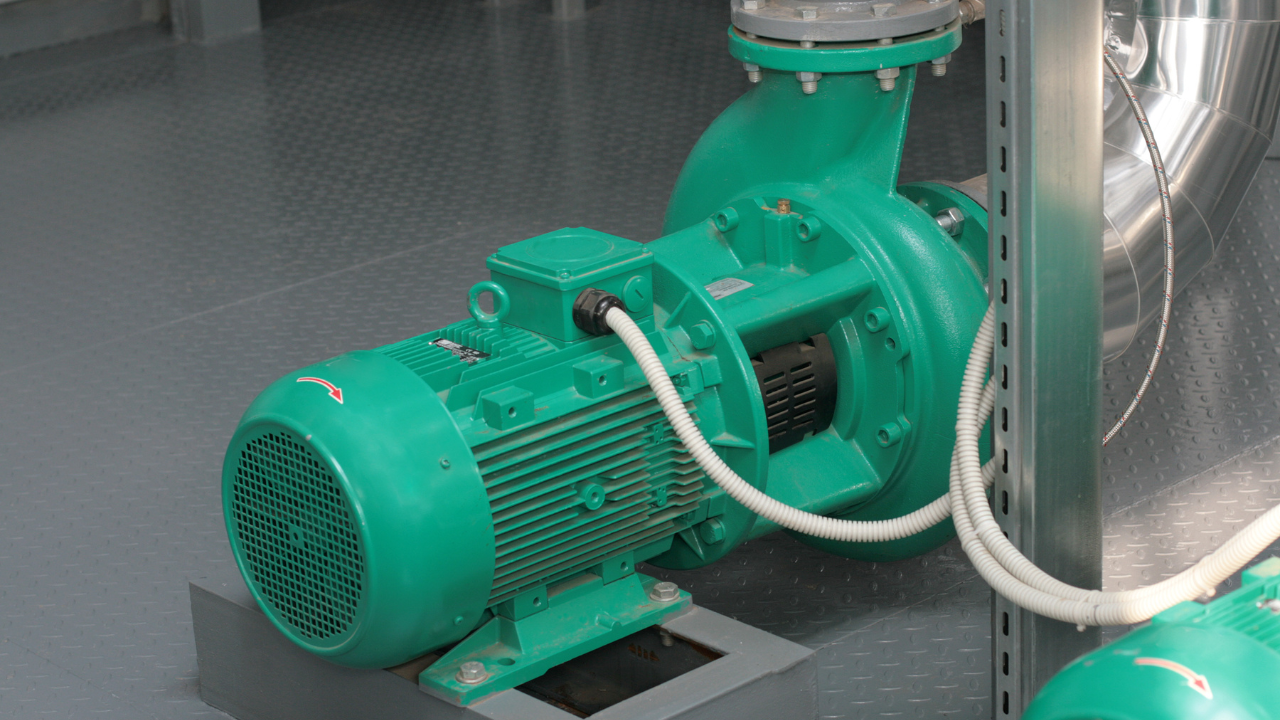
What the Pump Was Designed to Do and Why it Doesn't Do it
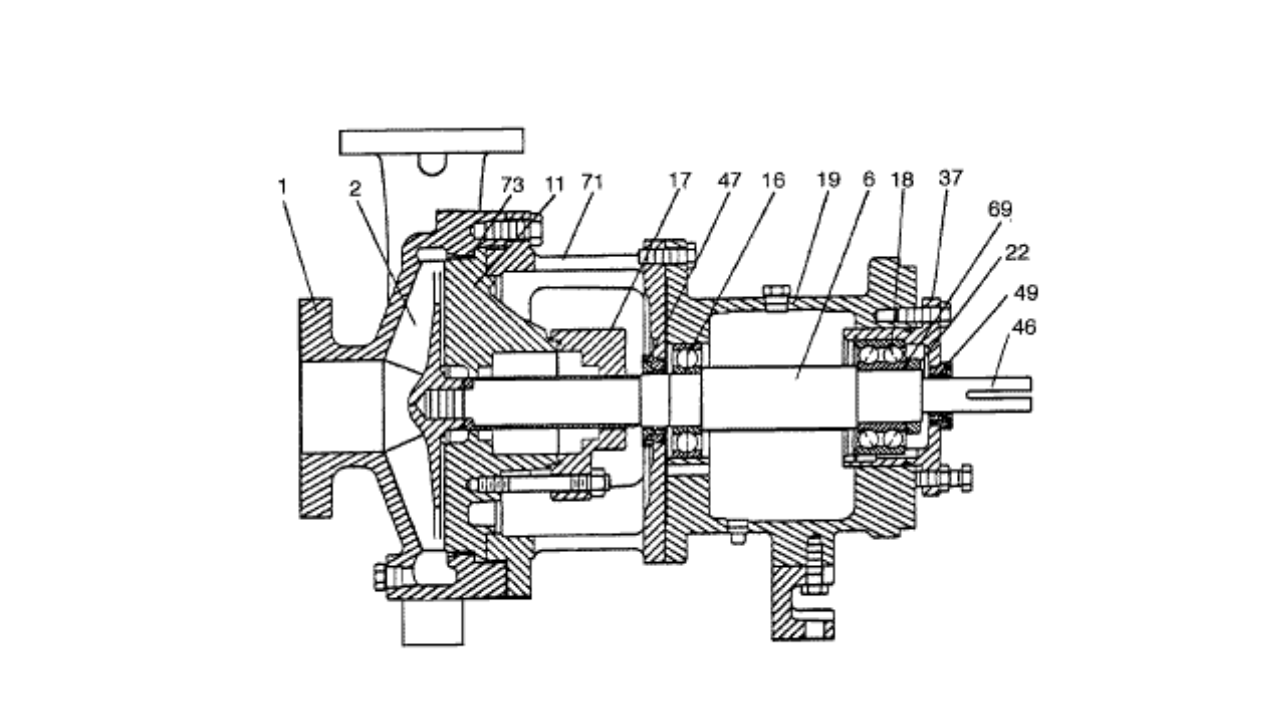
What is Wrong with the Modern Centrifugal Pump?
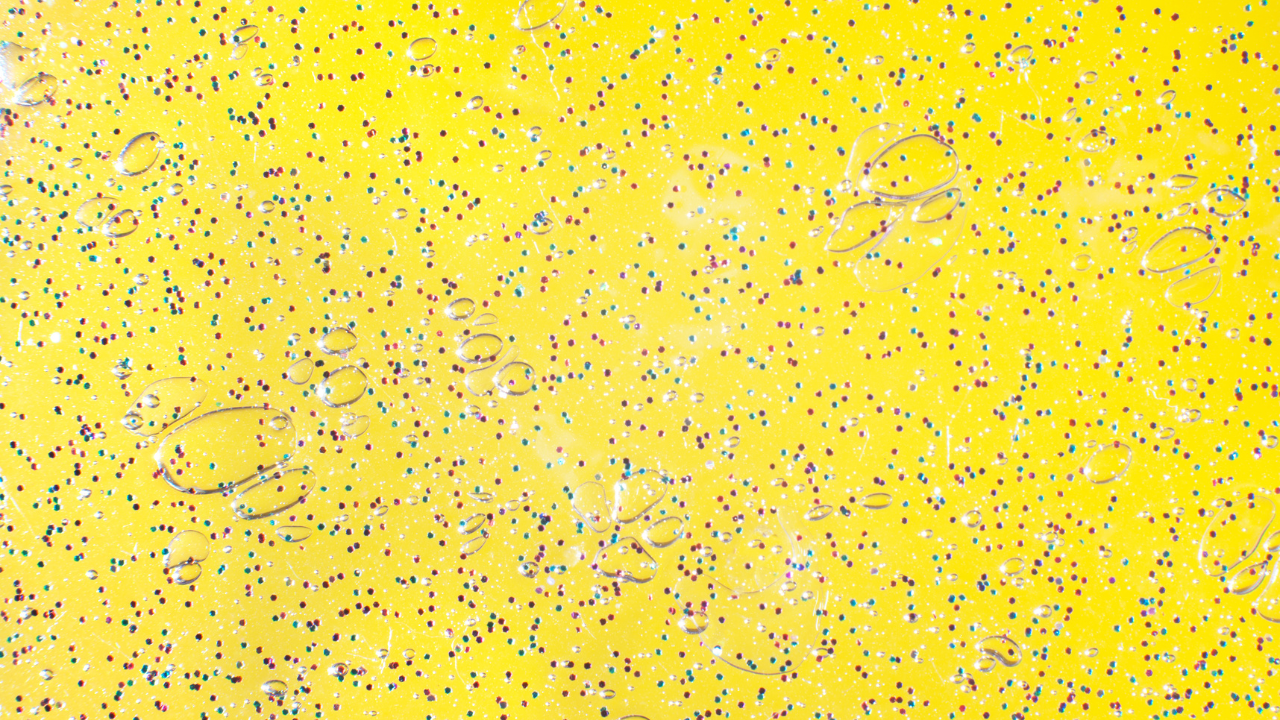
Digging Up Savings: Go with the Flow
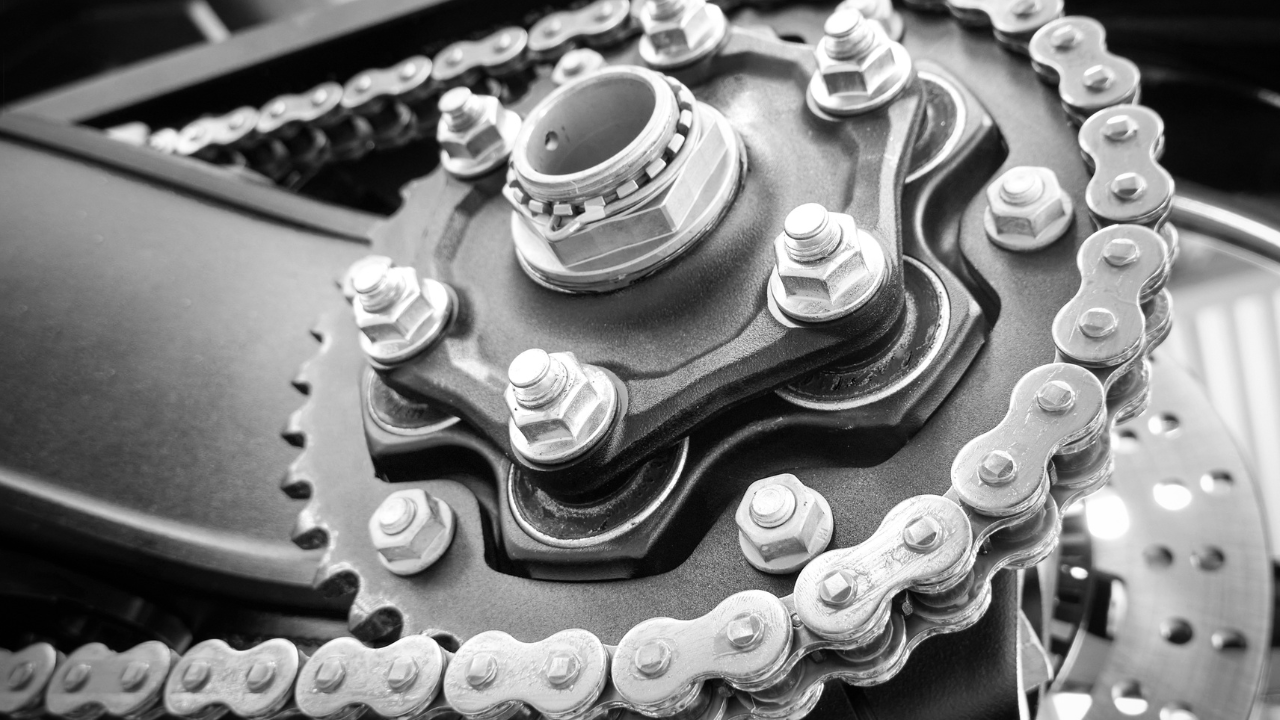
Chain Drive Design Recommendations

Classifying Chemicals to Assure Effective Sealing
